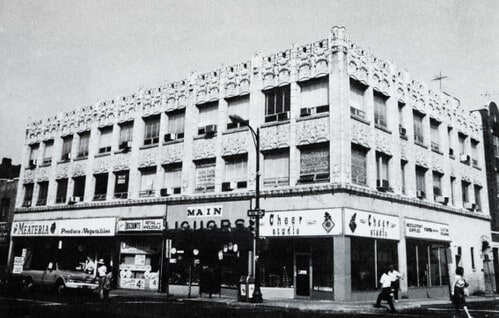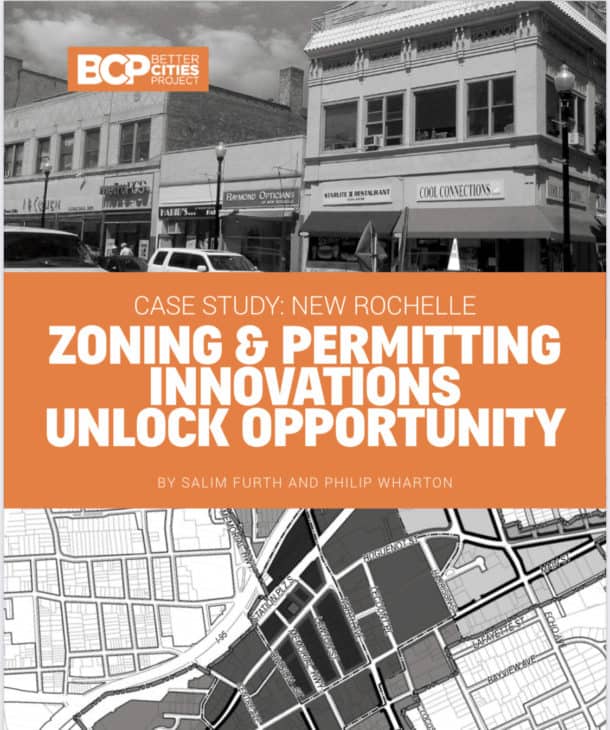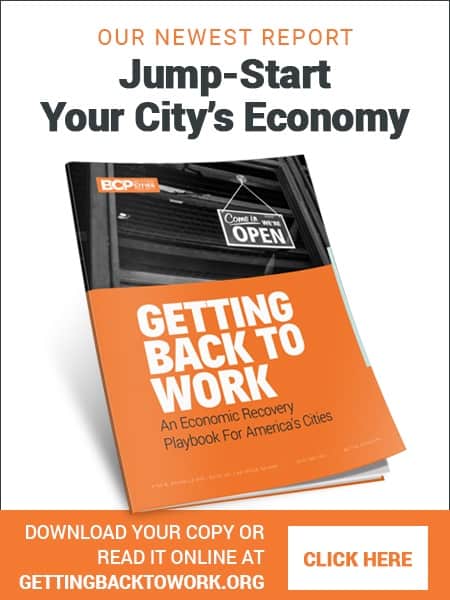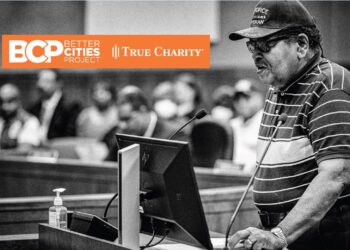Since 2015, New Rochelle added 2,500 new housing units and approved nearly 4,000 more. What leaders did there can be instructive for policymakers across the country. “We have a model that can be replicated,” Mayor Noam Bramson told the Journal reporter, who added,
New Rochelle is emerging as a potential blueprint for overcoming the various political, financial and community obstacles that have made efforts to build multifamily housing in the suburbs an often insurmountable task.
In fact, there is such a blueprint. In 2021 BCP published, “Zoning & Permitting Innovations Unlock Opportunity,” co-authored by Salim Furth, a senior research fellow at the Mercatus Center at George Mason University, and Phil Wharton, who oversaw the project in New Rochelle for RXR Realty.
In my years researching municipal economic development policy, I’ve learned that developers are OK with being told no, though they prefer a yes. The worst answer they can get is maybe or, “Apply for approval and let’s see.” The startup costs for development projects are high, and to incur costs with no certainty of completion date or even approval only drives them higher.
New Rochelle’s leadership worked with RXR to do the environmental impact analysis and public discussions early. In doing so, they developed a process by which RXR — and other developers — could meet public priorities without incurring the costs of a drawn-out and uncertain future. This was a dramatic improvement. Over the previous eight years, the downtown saw no significant development.
The paper spells out exactly what New Rochelle did to spur this development. A video discussion with the authors and New Rochelle’s Mayor Bramson is available here.










